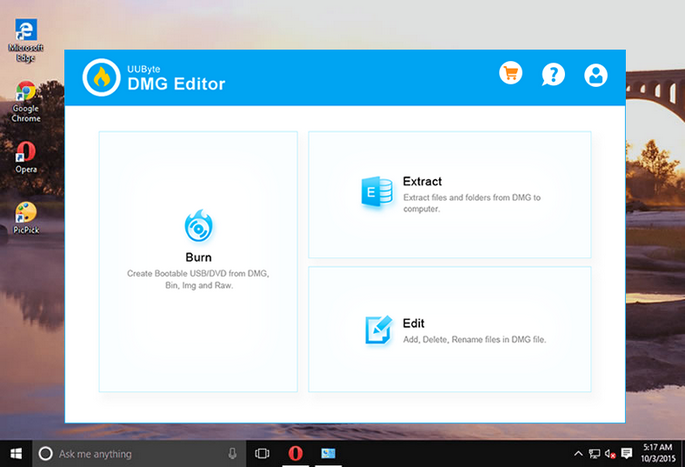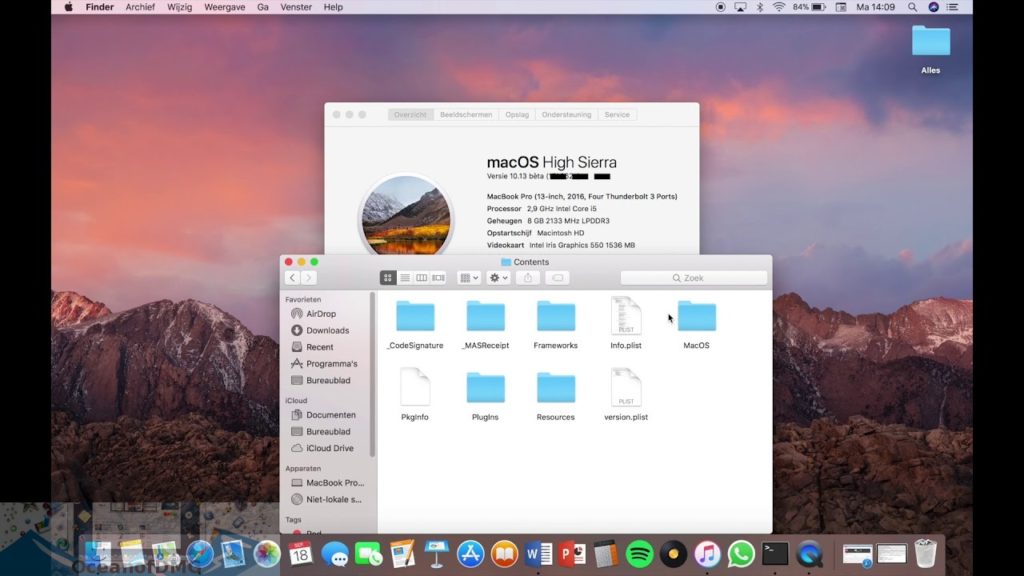
If you didn’t create an image from a folder you will need to drag the files into the empty image file. If you’re creating your image from a folder (which we are in this example) you can go to “File/New/Disk image from Folder”, select the folder and click “Image”.Ĭhoose to compress your image then click “Save”. Give your image a name, select a file size that is slightly larger than the file size in the first step, and set image format to “read/write disk image”. Open “Disk Utility” and click “New Image”. The easiest way to do this is to copy all the files into a new folder, right-click the folder and select “Get Info”. Gather the files you want to be included in your disk image and find out the total size of all the files.

Let’s go through the steps of creating a dmg file using Disk Utility. Third party software may come with a slicker interface, but it really isn’t necessary. You could download the software for creating disk images but you can also create a dmg file using OS X’s built-in “Disk Utility” program. So we know that dmg files are disk image files that are useful for delivering software (or any type of files) to other Macs.

Just click the “eject” button next to the disk name in Finder. When you’re finished using a dmg file you need to eject it like you would any external hard drive. But dmg files can also contain a directory of files.
HOW TO GET THE INSTALL.APP ON MAC OS DMG INSTALL
Other times they might contain and package installation file (pkg file), which you need to run to install the software. Often they just contain the app file which you drag to the Applications folder to install. The common use of dmg files is to install software.

Clicking on the mounted dmg file will reveal the contents.


 0 kommentar(er)
0 kommentar(er)
